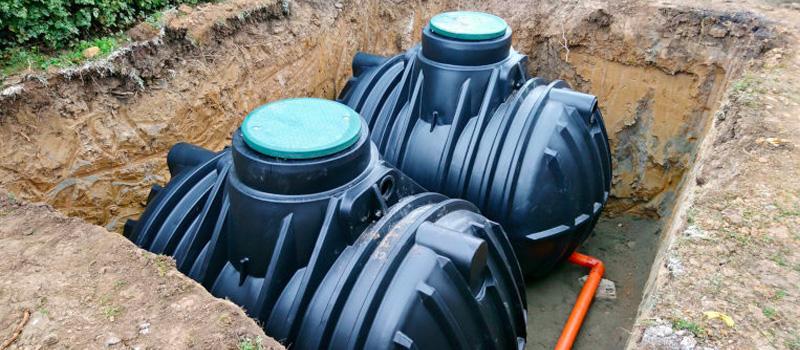Rainwater can provide some of the cleanest, natural occurring water that is available anywhere. Most technologies for obtaining water comes from surface water from rivers, streams and lakes, however this only accounts for 40% of total precipitation. Therefore, there is a huge amount of rainfall available for collection before it becomes unusable.
Rainwater harvesting is becoming increasingly popular in the UK for both residential and commercial customers. Up to 50% of mains water used in the UK can be replaced with rain water, e.g. washing laundry, cleaning, toilet flushing and car washing. Most people are starting to see that mains water costs will continue to rise in the coming years and that rain harvesting is an effective, eco-friendly and cheaper way to provide water.
Underground Garden Systems
Garden systems installed underground are ideal for collecting and storing rainwater to use for tasks such as watering plants or washing a car.
All of our underground tanks for garden systems come with a compact filter pre-installed into the neck of the tank, which allows clean water into the tank by filtering out leaves, grit and other debris. They also contain a submersible pump suspended from a pre-fitted hook in the neck of the tank by a chain (which allows the pump to be lifted out for maintenance) alongside drainage connections fitted into the neck of the tank.
Underground House Systems
We have two types of house systems available; Direct Pressure Systems, and Header Tank Systems. They are both ideal for collecting and storing rainwater to use in your home for tasks such as toilet flushing and washing clothes.
All of these tanks work in similar ways to the Garden Systems are supplied with the requires compact filter, submersible pump and drainage connections.
The difference between the house systems and the garden systems is that the house systems are connected to the mains water supply. This means that if the water level in the tank is running low, the mains water will send a small amount of water to the tank, therefore leaving maximum capacity available for the next rainfall. These are fitted with an AB air-gap to prevent the back-flow of the water into the mains, therefore only allowing mains water to flow into the rainwater tank, and not the other way around.
Direct Pressure System
These work by supplying water directly to the point of use. For example, if a toilet is flushed, the pump starts running and the rainwater from the tank is pumped to refill the cistern in the toilet. Once the cistern is full, the pressure in the pipework is restored and the pump automatically stops.
Header Tank System
These systems require a secondary (header) tank fitted into the loft of a house, which is filled with water directly pumped from the underground rainwater tank. When demanded, water will flow from the header tank to the place needed such as the toilet cistern.
Once the header tank is low on water, the pump will automatically start the water flow from the underground tank to refill the header tank. Should the underground tank reach a low level, the mains water supply will fill the header tank directly. This means a longer product life for the pump as it is starting and stopping less frequently compared to the Direct Pressure System.

